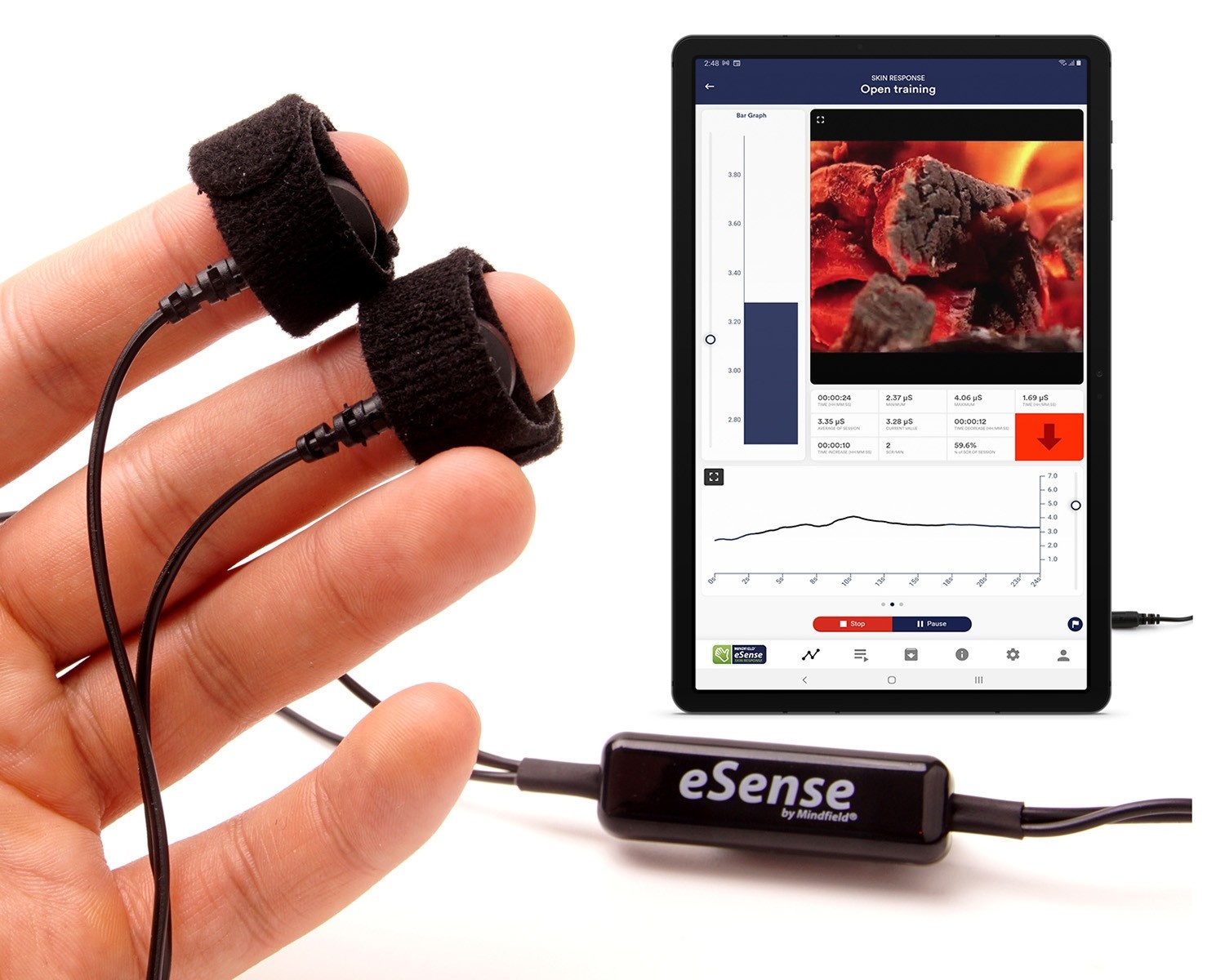Unlocking the Mysteries of the Brain Through Quantitative EEG Brain Mapping Techniques in Mental Wellness Evaluation
Unlocking the Mysteries of the Brain Through Quantitative EEG Brain Mapping Techniques in Mental Wellness Evaluation
Blog Article
Comprehending the human mind is a complex endeavor, particularly when it pertains to psychological health. Traditional methods of assessment often rely on conversations and surveys, which can occasionally miss important details about how the mind operates. This is where quantitative electroencephalography, or qEEG, enters into the picture. qEEG is a specific technique that measures neural activity in the brain. By examining these neural patterns, psychological health professionals can gain important insights into a person's mental state, helping to enhance assessment and treatment.
qEEG works by placing small sensors on the head to record brain signals. These electrodes measure neural signals produced by neurons, the units in the brain that communicate with one another. The information collected is then processed and presented as a set of waveforms. Each kind of brainwave—such as alpha, beta, δ, and θ—relates to various mental conditions and functions. For example, alpha oscillations are often associated with relaxation, while β oscillations are associated to engaged cognition and problem-solving. By examining these trends, clinicians can detect abnormalities that may indicate mental health issues.
One of the major advantages of qEEG is its capability to offer objective data. In contrast to conventional evaluations that rely on subjective accounts from clients, qEEG provides a clear picture of brain activity. This clarity can assist minimize prejudices in diagnosis and lead to more accurate intervention strategies. For example, if a patient is experiencing stress, qEEG can reveal specific patterns of neural function that are linked with stress conditions. This information allows mental health professionals to customize treatments more efficiently, whether it be through therapy, medication, or other treatments.
Moreover, qEEG can be especially beneficial in tracking intervention advancement. from this source By conducting qEEG evaluations at various stages during therapy, clinicians can monitor changes in neural activity over time. This ongoing evaluation helps ascertain if a intervention is working or if adjustments are needed. For example, if a patient is not reacting to a specific treatment, qEEG may indicate that their neural function has not altered in a manner that indicates improvement. This feedback loop can lead to more personalized and efficient psychological health treatment.
In conclusion, qEEG cerebral mapping is a powerful tool in the field of mental health assessment. By providing objective information about neural function, it improves the comprehension of different psychological health disorders. This method not only assists in precise assessment but also assists in tracking intervention success. As psychological health experts persist to investigate the capabilities of qEEG, it possesses potential for enhancing the well-being of people facing mental health issues. With continuous investigation and progress in techniques, the mysteries of the mind may become clearer, leading to better outcomes for those in need of support.